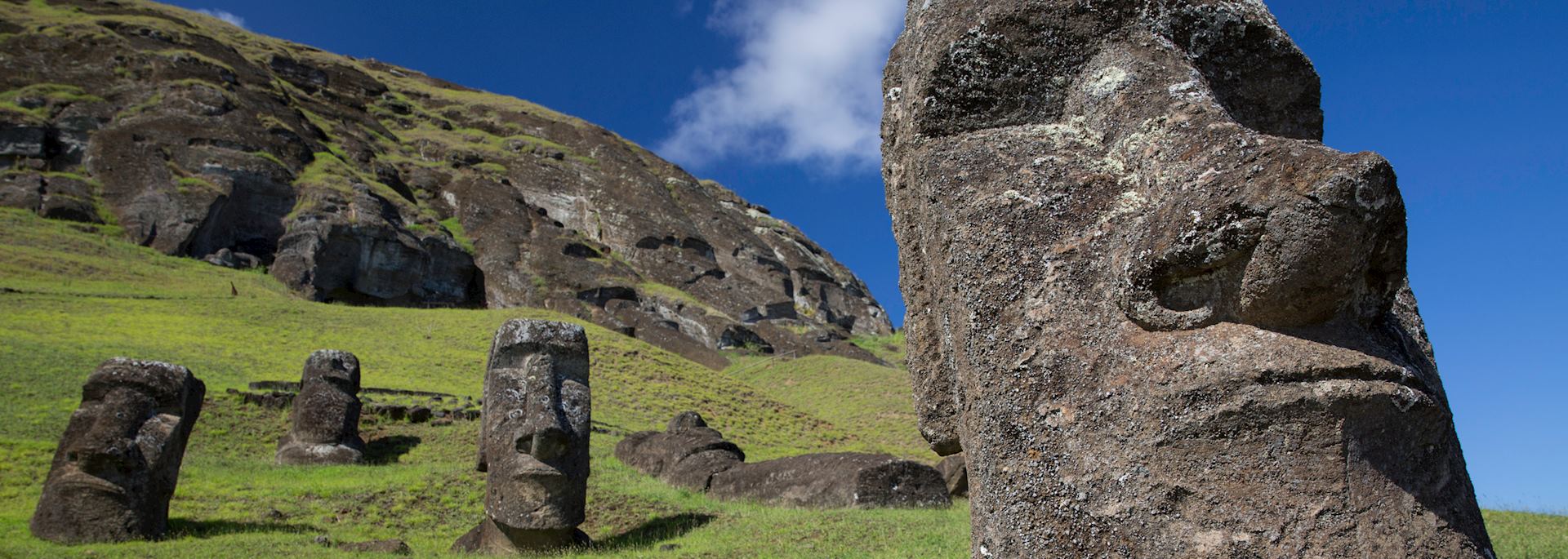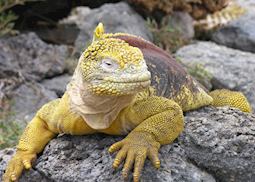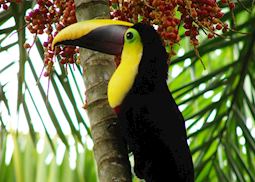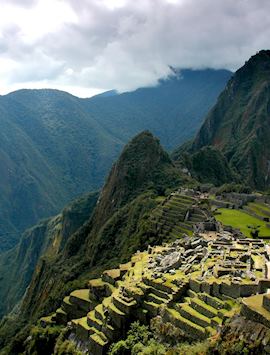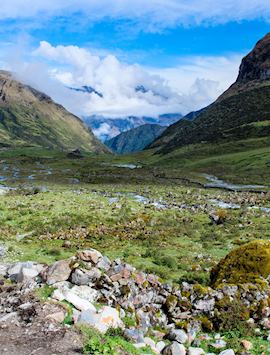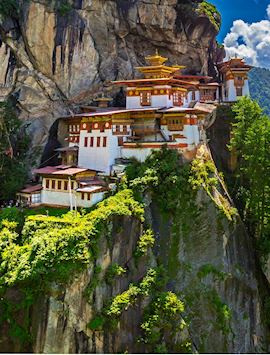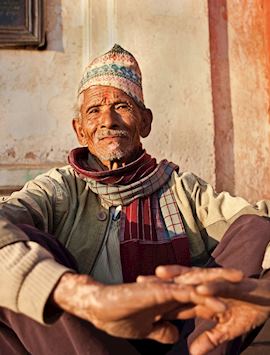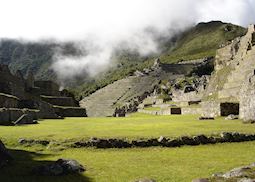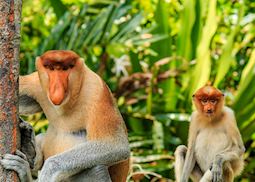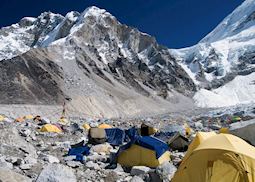Leave the flocks of tourists behind and journey into some of the world's remotest regions on a tailor-made trip that's off the beaten track. We're every bit as intrepid as you feel, and we spend time discovering the lesser known areas of our destinations, finding a richness of the culture that's matched by the lack of tourists.
We bottle this first-hand knowledge into organizing trips that take you to untouched corners of the world, sometimes only accessible by boat or light aircraft. Trek in one of the largest mountainous rainforests remaining in Africa. Cross Siberia in Russia to 'the Land of Fire and Ice', so named for its active ring of volcanoes. Cruise through the icy landscape of the Antarctic Peninsula, passing penguin colonies. Places where the remoteness will live up to your sense of adventure.

Start planning your tailor-made trip by contacting one of our Global Travel Advisors
-
617-223-4521617-223-4521
- Make an inquiry
Recommended countries for an off-the-beaten-track vacation
Our specialists can help you plan your trip, individually focusing on your tastes and interests, to the destinations below.
Our recommended off-the-beaten-track itineraries
Our itinerary ideas will give you a starting point for what your trip could entail. Treat them just as inspiration, as each trip is created uniquely for you and there are many more options available.
Our expert guides to choosing your off-the-beaten-track vacation
Penned by our specialists from their own travels, these guides aim to inspire you with suggestions of where to spend your vacation. Giving tips for what to experience and recommendations for where to stay, we share our ideas for the best destinations to consider.
-
Trekking to and around Machu Picchu ![Machu Picchu, Peru]()
Trekking to and around Machu Picchu
Trekking to and around Machu Picchu
Trekking to and around Machu Picchu offers walks to suit all abilities, from day hikes to multi-day treks. Peru specialist, Anna, picks some of her top choices, including the Inca Trail, Salkantay Trek and short walks from Machu Picchu.
Read this guide -
5 reasons to stay in an estancia on your trip to Argentina ![Estancia La Bamba]()
5 reasons to stay in an estancia on your trip to Argentina
5 reasons to stay in an estancia on your trip to Argentina
If you enjoy horseback riding and are looking for an authentic Argentinian experience, staying at an estancia is a must. An integral part of the culture of Argentina, staying at a gaucho's home can either be a relaxing experience or you can get more involved.
Read this guide -
Driving vacations in Chile: 3 wilderness road trips ![Driving between Balmaceda and Lago General Carrera]()
Driving vacations in Chile: 3 wilderness road trips
Driving vacations in Chile: 3 wilderness road trips
When it comes to driving trips in Chile, you’ll find the most fulfilling journeys are to be had in the Lake District and Chilean Patagonia, says Audley Chile specialist Chloe. Just make sure you allow time to stop and explore.
Read this guide -
Peru’s Inca wonders beyond Machu Picchu ![Archaeological ruins at Moray]()
Peru’s Inca wonders beyond Machu Picchu
Peru’s Inca wonders beyond Machu Picchu
Former Cuzco resident Fiona shares her choice of her adopted country’s lesser-known Inca ruins, which share Machu Picchu’s geography but not its fame. She explains how to delve even deeper into the best archaeological sites of the Peruvian Incas.
Read this guide -
What to see in Borneo: our highlights guide ![Proboscis monkeys, Sandakan, Borneo]()
What to see in Borneo: our highlights guide
What to see in Borneo: our highlights guide
This guide features recommendations for things to do in Borneo. It focuses on the states of Sabah and Sarawak in Malaysian Borneo, which offer a lot of variety in a smaller radius than Indonesian Borneo.
Read this guide -
Patagonia beyond the Torres: hiking vacations in Argentina’s El Chaltén ![Laguna de los Tres, Argentina]()
Patagonia beyond the Torres: hiking vacations in Argentina’s El Chaltén
Patagonia beyond the Torres: hiking vacations in Argentina’s El Chaltén
Audley South America specialist Iain explains why, for him, El Chaltén isn’t just one of the best places to visit in Argentina, but offers some of the best hiking in Patagonia. He recommends his preferred trails.
Read this guide -
Nepal trekking: walking on the roof of the world ![Everest Base Camp, Nepal]()
Nepal trekking: walking on the roof of the world
Nepal trekking: walking on the roof of the world
Having first visited the country in the 80s, Nepal specialist Andy has re-visited multiple times. He shares his experiences of tackling a variety of Nepal’s trekking routes and explains why it’s the only way to access certain parts of the country.
Read this guide
